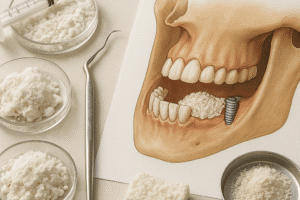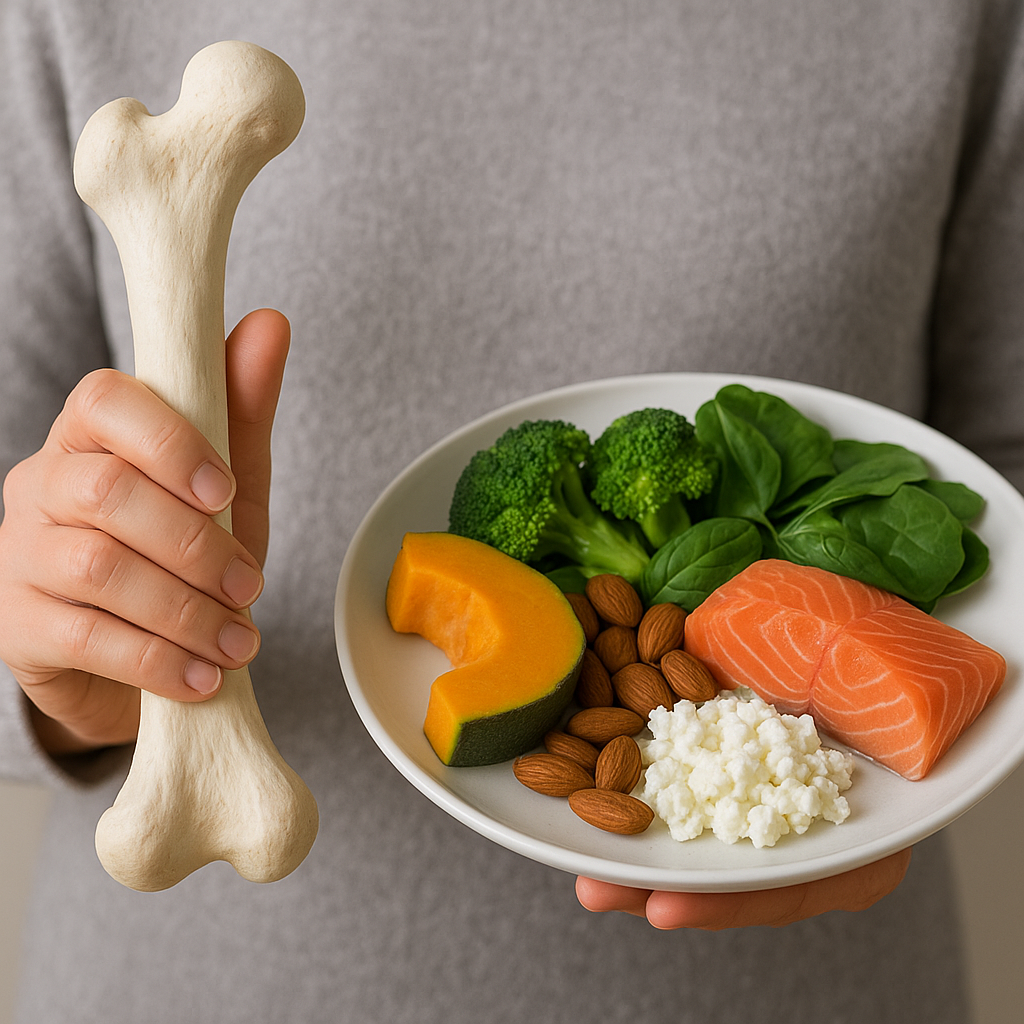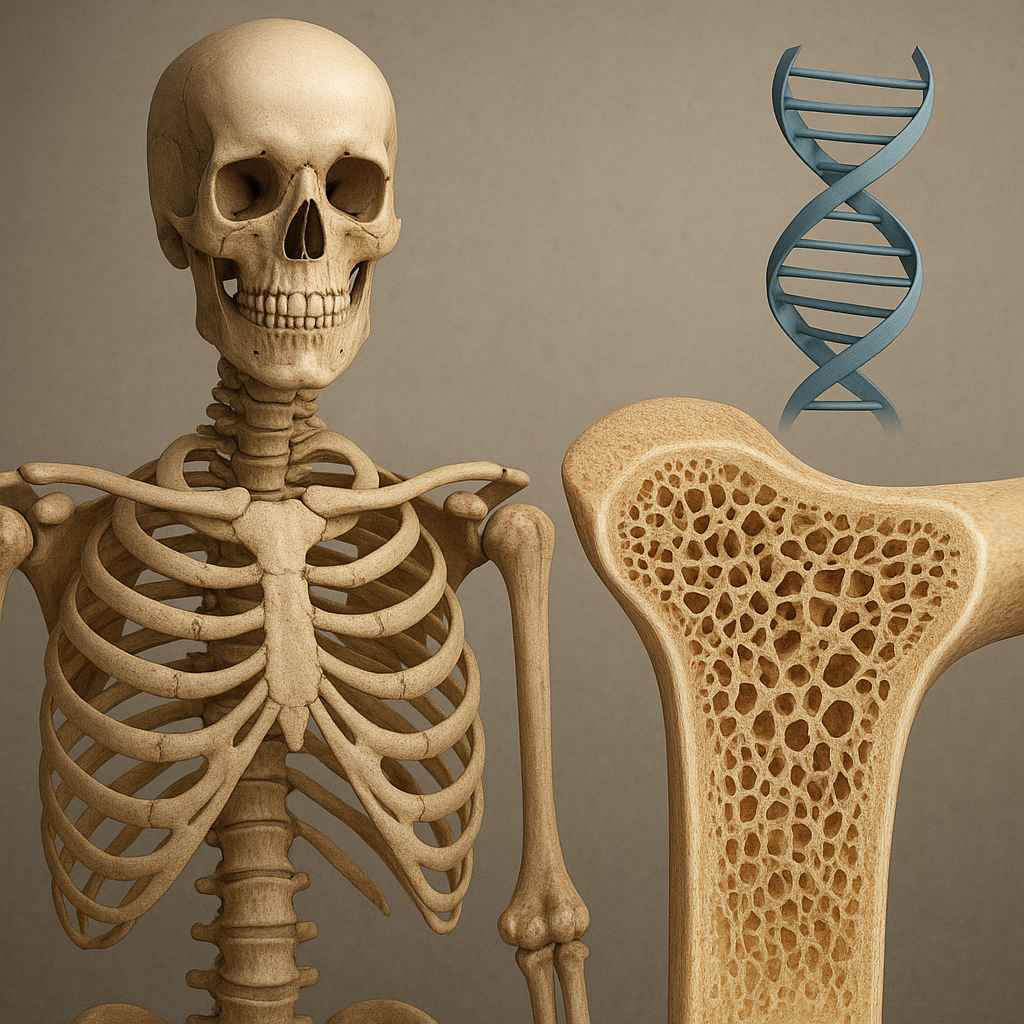Bone density tests are essential diagnostic tools that help assess the strength and health of bones, providing crucial information for the prevention and management of osteoporosis and other bone-related conditions. Understanding how these tests work and their significance can empower individuals to take proactive steps in maintaining their bone health.
Understanding Bone Density Tests
Bone density tests, also known as dual-energy X-ray absorptiometry (DEXA or DXA) scans, measure the amount of mineral content in bones, primarily focusing on calcium. This measurement is crucial because it helps determine the density and strength of bones, which can indicate the risk of fractures and osteoporosis. The tests are non-invasive, quick, and typically involve minimal radiation exposure, making them a safe option for most individuals.
How Bone Density Tests Work
The primary method used in bone density testing is DEXA, which employs two X-ray beams at different energy levels. By measuring the absorption of these beams by the bones, the test can calculate the bone mineral density (BMD). The results are then compared to a reference population of healthy young adults, allowing healthcare providers to determine whether an individual has normal bone density, low bone density (osteopenia), or osteoporosis.
- Preparation for the Test: Before undergoing a bone density test, patients are usually advised to avoid calcium supplements for 24 hours and to wear loose-fitting clothing without metal fasteners. This ensures accurate results and minimizes any interference during the scan.
- During the Test: The patient lies on a padded table while a scanning arm passes over the body. The entire process typically takes about 10 to 30 minutes, depending on the areas being scanned.
- After the Test: There is no recovery time needed, and patients can resume their normal activities immediately. Results are usually available within a few days, and healthcare providers will discuss the findings and any necessary follow-up actions.
Interpreting the Results
Bone density test results are reported as a T-score and a Z-score. The T-score compares an individual’s bone density to that of a healthy young adult, while the Z-score compares it to individuals of the same age and sex. The World Health Organization (WHO) defines the following categories based on T-scores:
- Normal: T-score of -1.0 or higher
- Low Bone Density (Osteopenia): T-score between -1.0 and -2.5
- Osteoporosis: T-score of -2.5 or lower
These scores help healthcare providers assess fracture risk and determine appropriate treatment options. For instance, individuals diagnosed with osteoporosis may be advised to start medications, engage in weight-bearing exercises, and make dietary changes to improve bone health.
The Importance of Bone Density Testing
Bone density testing plays a vital role in the early detection and management of osteoporosis, a condition that affects millions of people worldwide, particularly postmenopausal women and older adults. By identifying individuals at risk, healthcare providers can implement preventive measures and treatment strategies to reduce the likelihood of fractures and other complications associated with low bone density.
Risk Factors for Low Bone Density
Several factors can contribute to low bone density, including:
- Age: Bone density naturally decreases with age, particularly after the age of 30.
- Gender: Women are at a higher risk of developing osteoporosis, especially after menopause due to hormonal changes.
- Family History: A family history of osteoporosis or fractures can increase an individual’s risk.
- Lifestyle Factors: Sedentary lifestyle, smoking, excessive alcohol consumption, and poor nutrition can negatively impact bone health.
- Medical Conditions: Certain conditions, such as rheumatoid arthritis, hyperthyroidism, and gastrointestinal disorders, can affect bone density.
Benefits of Early Detection
Early detection of low bone density through testing can lead to several benefits:
- Preventing Fractures: By identifying individuals at risk, healthcare providers can recommend lifestyle changes and treatments that help strengthen bones and reduce the risk of fractures.
- Improving Quality of Life: Maintaining healthy bones contributes to overall well-being, allowing individuals to remain active and independent as they age.
- Reducing Healthcare Costs: Preventing fractures and related complications can significantly reduce healthcare costs associated with hospitalizations and long-term care.
Conclusion
Bone density tests are a crucial component of preventive healthcare, particularly for individuals at risk of osteoporosis and related conditions. By understanding how these tests work and their importance, individuals can take proactive steps to monitor and improve their bone health. Regular screenings, combined with a healthy lifestyle and appropriate medical interventions, can lead to better outcomes and a higher quality of life as one ages.













